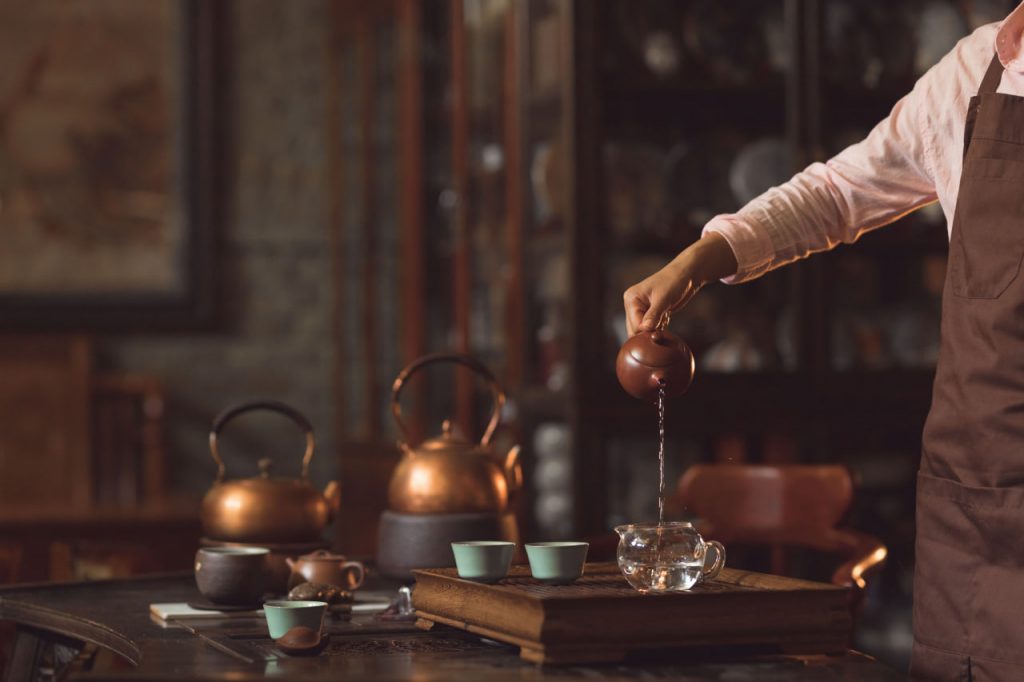In Morocco, tea is more than a daily habit — it’s a ritual of welcome, a symbol of generosity, and an essential part of social life. Known as atay, Moroccan mint tea is a sweet, fragrant blend that carries centuries of culture in every cup.
A National Ritual
No matter where you go in Morocco — from the bustling streets of Marrakech to the quiet villages of the Atlas Mountains — you’ll likely be offered mint tea. To refuse is almost unthinkable; accepting it means accepting friendship and hospitality.
Moroccan tea is usually served three times during a visit, with each glass having its own flavor and meaning. There’s even a proverb:
“The first glass is as gentle as life, the second as strong as love, the third as bitter as death.”
The Preparation Process
Making Moroccan tea is a performance in itself. Green tea (typically Chinese gunpowder) is steeped, then poured out and rinsed to reduce bitterness. Fresh spearmint leaves and large amounts of sugar are added, and the tea is boiled again. But the real magic is in the pouring — from high above the glass, creating a foamy “crown” on top.
This isn’t just for show. The height cools the tea and aerates it, enhancing the aroma and flavor.
Tea as a Social Thread
Mint tea is present at all moments of Moroccan life — from business meetings to family meals, from weddings to market negotiations. It slows people down. Conversations begin, stories unfold, and bonds are formed over shared glasses.
It’s also a deeply gendered and generational ritual: older men are often the ones who prepare tea for guests, passing down the skill and pride that come with it.
Beyond the Borders
Today, Moroccan mint tea has found fans around the world — in cafes, kitchens, and wellness circles. But its true essence lies in its role as a social connector, an everyday ceremony that turns strangers into friends.
So the next time someone offers you a glass of mint tea, know that you’re not just being served a drink — you’re being invited into a tradition.

